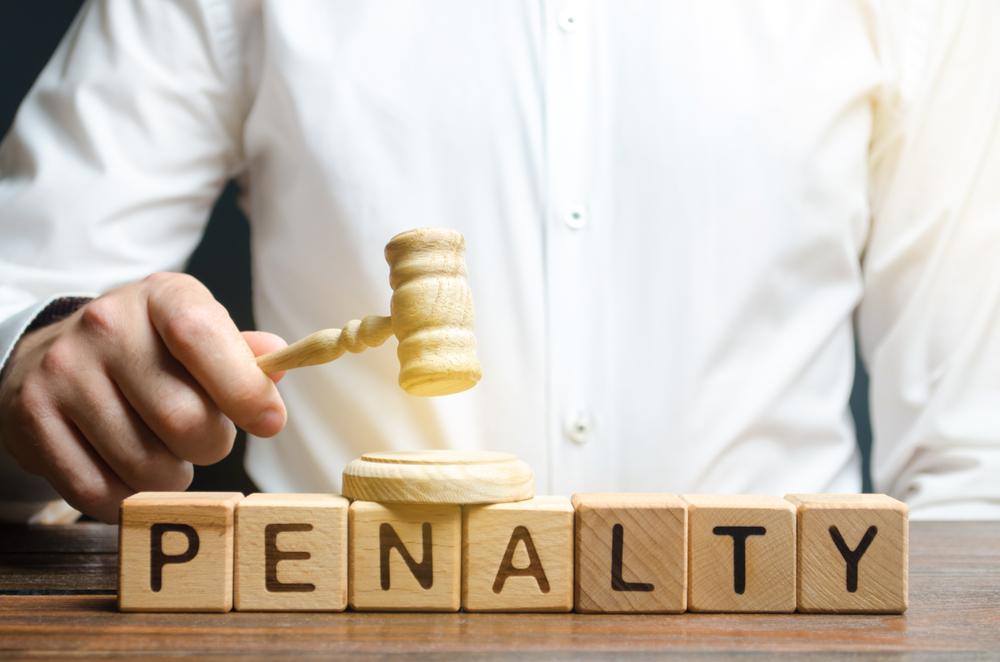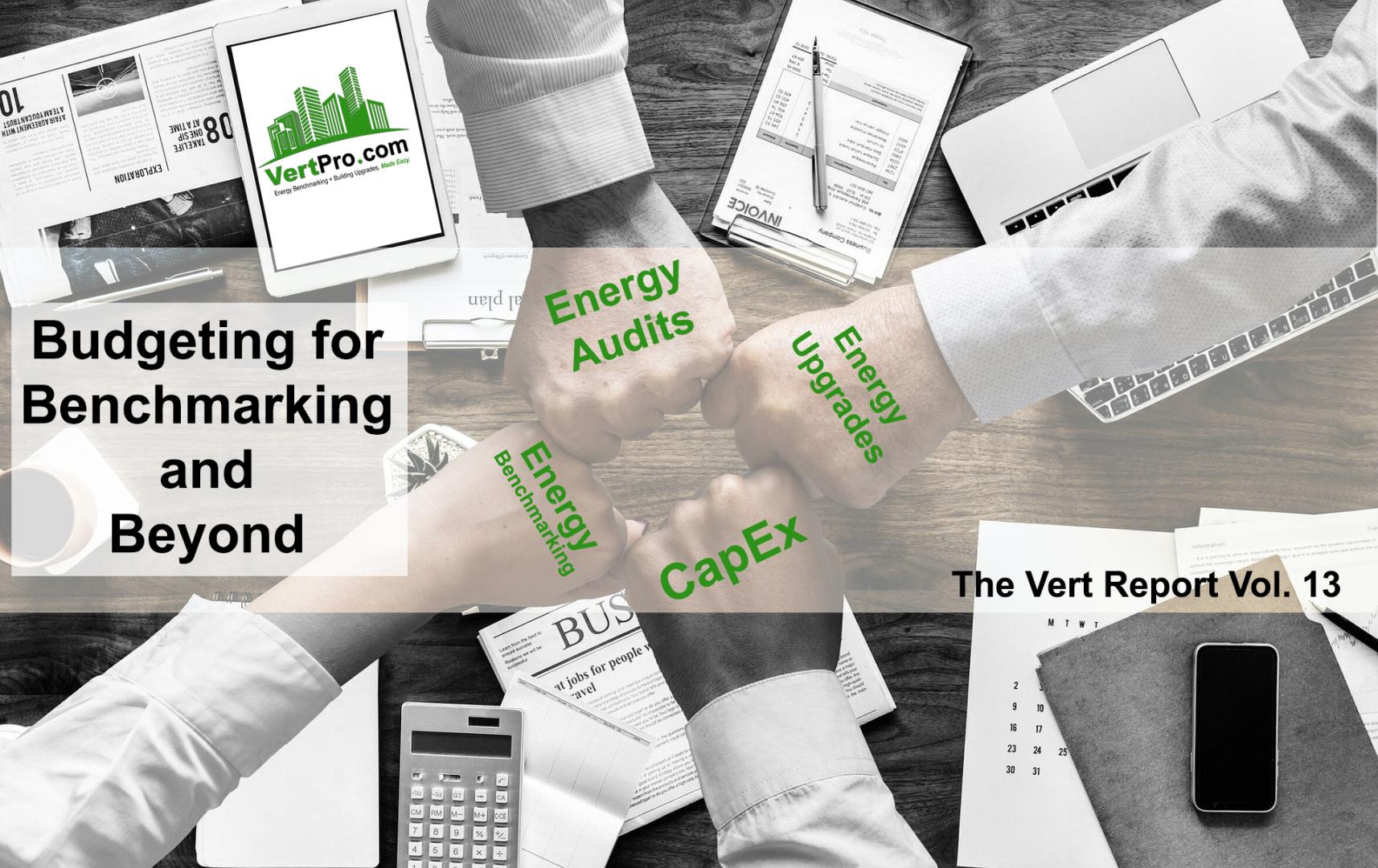I. Introduction
Welcome to our comprehensive exploration of the NYC Energy Benchmarking Report, an invaluable tool in transforming buildings across New York City into healthier and more sustainable environments. This essential report is not just about compliance; it’s a strategic tool that can guide property owners toward significant improvements in energy efficiency and indoor environmental quality. In this blog, we’ll dissect how leveraging the insights from the NYC Energy Benchmarking Report can elevate the health and efficiency of buildings, enhancing the quality of life for their occupants and contributing positively to the environment.
II. Understanding the NYC Energy Benchmarking Report

Initiated under Local Law 84 (part of the broader Greener, Greater Buildings Plan), the NYC Energy Benchmarking Report is a critical part of New York City’s strategy to promote energy sustainability. This mandate requires that buildings over 25,000 square feet annually measure and report their energy and water consumption using the U.S. Environmental Protection Agency’s ENERGY STAR Portfolio Manager tool.
The purpose of this reporting is twofold: to inform building owners and potential buyers about a property’s energy and water efficiency, and to encourage investments in retrofitting and improvements that lead to energy conservation and operational cost reductions. By making energy consumption data public, the report fosters a competitive, market-driven push towards more efficient, less wasteful building operations.
III. The Correlation Between Building Health and Energy Efficiency
A “healthy” building is characterized by its ability to support the well-being and productivity of its occupants. This involves maintaining optimal indoor air quality, ensuring adequate natural light, and minimizing exposure to harmful chemicals and pollutants. Energy efficiency enhancements play a crucial role in this context. Efficient systems are better at maintaining consistent temperature and humidity levels, crucial for both comfort and health. Moreover, reductions in energy consumption lower the emissions associated with power production, benefiting broader environmental health.
The benefits of healthy buildings are far-reaching, impacting not just the direct users of the space but also the community at large through reduced health care costs and increased productivity. According to a report by the World Green Building Council, improving the indoor environment quality of a building can boost productivity by as much as 11%.
IV. How the NYC Energy Benchmarking Report Improves Building Health
The NYC Energy Benchmarking Report serves as a mirror, reflecting a building’s energy performance compared to its peers. This reflection can uncover harsh truths about inefficiency that may be affecting the building’s health. For example, a high energy use intensity (EUI) might indicate poor insulation or an outdated HVAC system, both of which can compromise indoor air quality and comfort.
Addressing these inefficiencies typically involves upgrading to high-efficiency systems, sealing leaks, and enhancing the building envelope — all of which contribute to a cleaner, healthier indoor environment. An example of such an initiative is the retrofit of the Empire State Building, which included window retrofits and a revamped heating and cooling system leading to significant energy savings and improved occupant comfort.
V. Steps to Utilize the NYC Energy Benchmarking Report Effectively
Successfully leveraging the NYC Energy Benchmarking Report starts with understanding its contents and implications. Property owners should engage with experienced energy consultants who can help interpret data and prioritize actions. Implementing the recommendations usually involves:
- Identifying Quick Wins: Simple actions like adjusting temperature settings or fixing leaks.
- Planning Strategic Upgrades: Such as replacing HVAC systems or enhancing insulation.
- Monitoring Progress: Using smart meters and energy management systems to track improvements.
Such systematic changes not only comply with NYC local laws for buildings but also drive substantial reductions in operational costs.
VI. Additional Tools and Resources for Creating Healthier Buildings
Beyond compliance, there are numerous resources and tools designed to support building owners in enhancing building health. Technologies like smart energy management systems can automate energy efficiency, while sensors can monitor everything from air quality to energy spikes. Educational programs and certifications from bodies like Leadership in Energy and Environmental Design (LEED) can also provide frameworks for ongoing improvements.
VII. The Role of Technology in Building Health
Advancements in technology have significantly impacted how buildings are managed and maintained. Smart building technologies utilize sensors, meters, and software to collect and analyze data from various building systems. This enables building managers to optimize energy use, monitor system performance, and detect irregularities before they become serious issues.
For instance, integrating IoT solutions in building management can lead to substantial improvements in energy efficiency and occupant comfort. These technologies not only ensure operational efficiency but also contribute to the sustainability and health of building environments.
VIII. The Future of Building Health and Energy Efficiency in NYC

Embracing the NYC Energy Benchmarking Report city-wide has the potential to transform New York into a global leader in sustainable urban living. The pursuit of energy efficiency in buildings is expected to play a crucial role in meeting the city’s ambitious 80×50 goal, which aims to reduce greenhouse gas emissions by 80% by 2050. Future enhancements to the benchmarking process might include more detailed metrics or integration with real-time data feedback systems, further enabling proactive management of building health.
IX. Conclusion
The NYC Energy Benchmarking Report is a valuable asset for building owners and managers aiming to enhance their properties’ health and operational efficiency. By understanding and utilizing this report, stakeholders in NYC’s built environment can contribute significantly to a healthier, more sustainable future for the city. We encourage you to take this as a call to action: engage with the report, consult with professionals, and start making the changes that will lead to a healthier building and a greener NYC. NYC’s official page or check out resources provided by Energy Star. Together, let’s make New York a leading example of sustainable urban living.
VertPro.com serves as a resourceful platform for property owners and managers seeking to enhance their buildings’ energy efficiency. The site offers a range of services, including Commercial Energy Audits, Benchmark Compliance consultancy, and a Construction Marketplace. At the heart of VertPro® is a suite of SaaS technology-based solutions designed to assist in navigating the complexities of Energy Benchmarking and Energy Audits/RCx Plus, while ensuring adherence to over 60 Energy Benchmarking and Energy Efficiency Laws across the country.
For those looking to improve their property’s energy usage and operational value, VertPro.com provides a diverse array of tools and information. The site aims to facilitate a better understanding of energy efficiency practices and legislation, helping building owners and property managers make informed decisions about their energy strategies while complying with all energy ordinances and laws.








 According to the
According to the 

 Search by Zip to Find Applicable Energy Laws
Search by Zip to Find Applicable Energy Laws